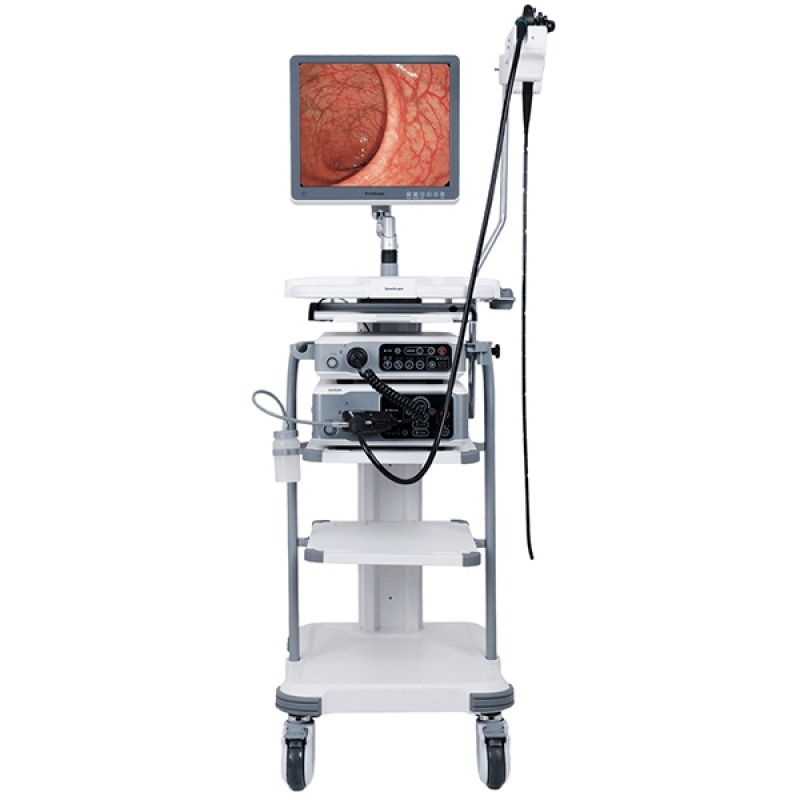Video Endoscopy System in Bangladesh
Welcome to Xenomed’s comprehensive guide to endoscopy! In this article, we delve into the fascinating realm of endoscopic procedures, shedding light on their uses, advantages, and the pioneering role that Xenomed plays in advancing this cutting-edge medical technology.
What is Endoscopy?
Endoscopy is a non-invasive medical procedure that empowers healthcare professionals to visualize internal body structures using a specialized instrument called an endoscope. This slender, flexible tube equipped with a high-resolution camera and light source allows for real-time examination of various organs and cavities.
Types of Video Endoscopy:
- Gastrointestinal Endoscopy: This includes procedures like upper endoscopy and colonoscopy. These are used to visualize the esophagus, stomach, small intestine, and colon.
- Bronchoscopy: Used to examine the airways and lungs.
- Cystoscopy: Used to view the inside of the bladder and urethra.
- Hysteroscopy: Used to examine the uterus and cervix.
- Arthroscopy: Used to visualize joints, often for orthopedic procedures.
Applications:
- Diagnosis of gastrointestinal disorders like ulcers, polyps, and tumors.
- Detection of lung conditions such as infections, tumors, or obstructions.
- Evaluation of urological problems like bladder or kidney stones, tumors, and urinary tract infections.
- Diagnosis and treatment of gynecological conditions like fibroids, polyps, and abnormal bleeding.
- Exploration of joints for diagnosing and treating orthopedic conditions.
Advantages:
- Minimally invasive: Reduces the need for open surgery.
- Real-time visualization: Allows immediate assessment and potential intervention.
- Reduced recovery time: Patients typically experience shorter recovery periods compared to traditional surgical procedures.

